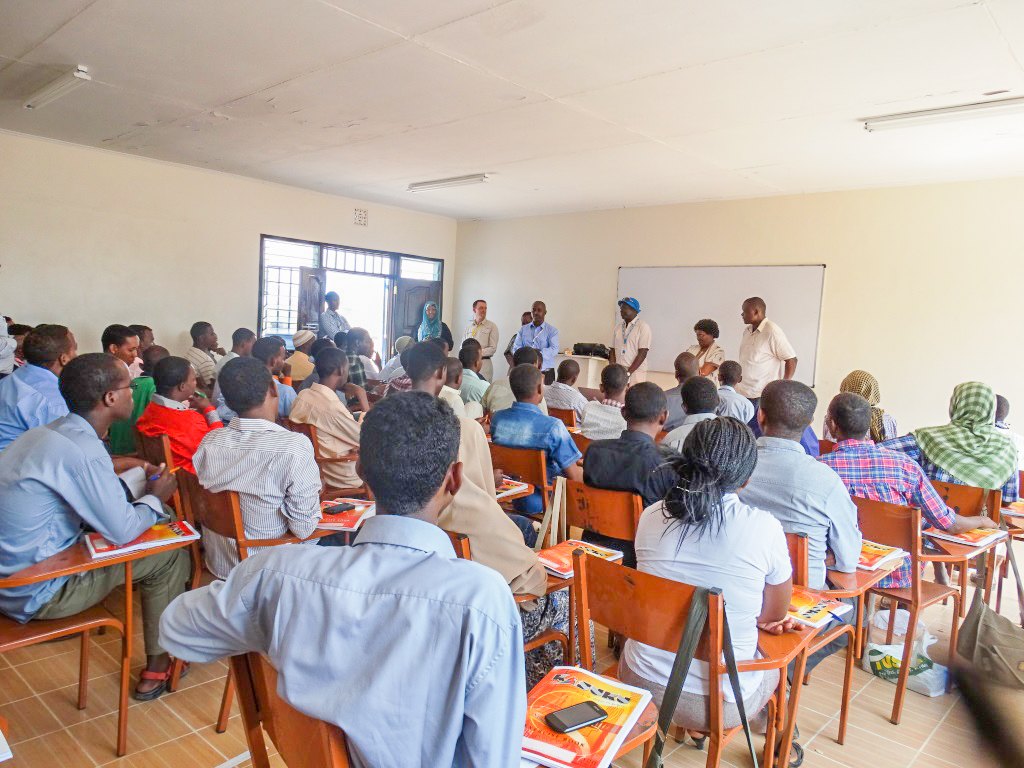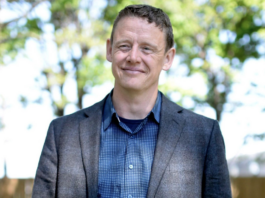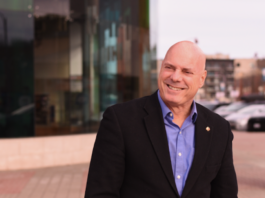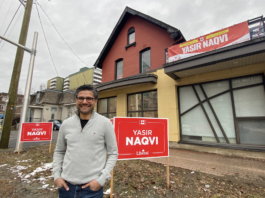While the number of refugees living in displacement camps around the world continues to grow, a project started at York University is providing the opportunity for people living in the world’s largest refugee camp to take university courses.
Intended to train teachers where access to education is scarce, the Borderless Higher Education for Refugees (BHER) project began offering university courses in August 2014 to people living in the Dadaab refugee camp in Kenya. The camp hosts about 332,000 people, most of whom fled from neighbouring Somalia, according to the United Nations (UN).
The project offers primary and secondary teaching streams—in which a certificate and diploma of education can be earned—along with a university preparation program before beginning.
Students in the primary education stream will earn a certificate of education with York over the course of a year and then have the option to complete a diploma program through Jomo Kenyatta University. Students who move through the secondary education stream learn through the University of British Columbia and Moi University.
According to Emily Antze, program administrator with BHER, the project is growing and will be offering bachelor degree programs in early 2016. Antze, who travels twice a year to the camp, said the project grew out of a group of academics from the four universities.
“We are four different universities collaborating—all of us with our own systems and ways of structuring academic courses,” she said. “Looking for people to participate in an academic conversation about refugees and giving people a place to go for higher education—those common interests came together with the BHER project.”
Antze said there was a need for higher education in the camp, where people were graduating with a secondary-level education but had nowhere to go after.
She said non-governmental organizations (NGOs) face numerous challenges in the camp.
“The services [NGOs] are able to deliver are quite impressive, but at the same time it’s an extremely difficult place to be as a refugee,” she said. “Dadaab is susceptible to flooding and drought, the Internet can be cut, phone lines are out—it’s a very complicated program with a lot of cultural challenges and security challenges and technological challenges.”
UN statistics show there were 59.5 million refugees around the world in 2014, about 0.8 per cent of the global population. Recent conflict in Syria, Yemen, and Iraq have resulted in an increase of refugees.
Refugee camps, mostly intended as a temporary place to stay, are cramped and lack medical and hygenic services. Despite Dadaab being an older refugee camp with better established services than newer camps, a cholera outbreak occurred in July.
Priscilla Hwang, a Carleton masters student, spent last summer teaching in a community-built refugee camp in Lebanon about 20 kilometres away from the Syrian border. She taught children crafts and English.
She said refugees lived in cramped quarters and used portable toilets as communal washrooms. Homes were simple wooden frames draped with plastic coverings, while some lived in overcrowded tents, she said.
“The refugees had next to nothing there,” she said. “And because it also wasn’t a UN-run campground, they didn’t have a lot of resources that the camps would have.”
The current federal government has promised to allow 25,000 Syrian refugees into Canada by the end of the year.
Antze said she thinks Canada needs to be doing more to help refugees.
“For Canada to be stepping up in the world stage for refugees, it’s definitely a good thing,” she said.




